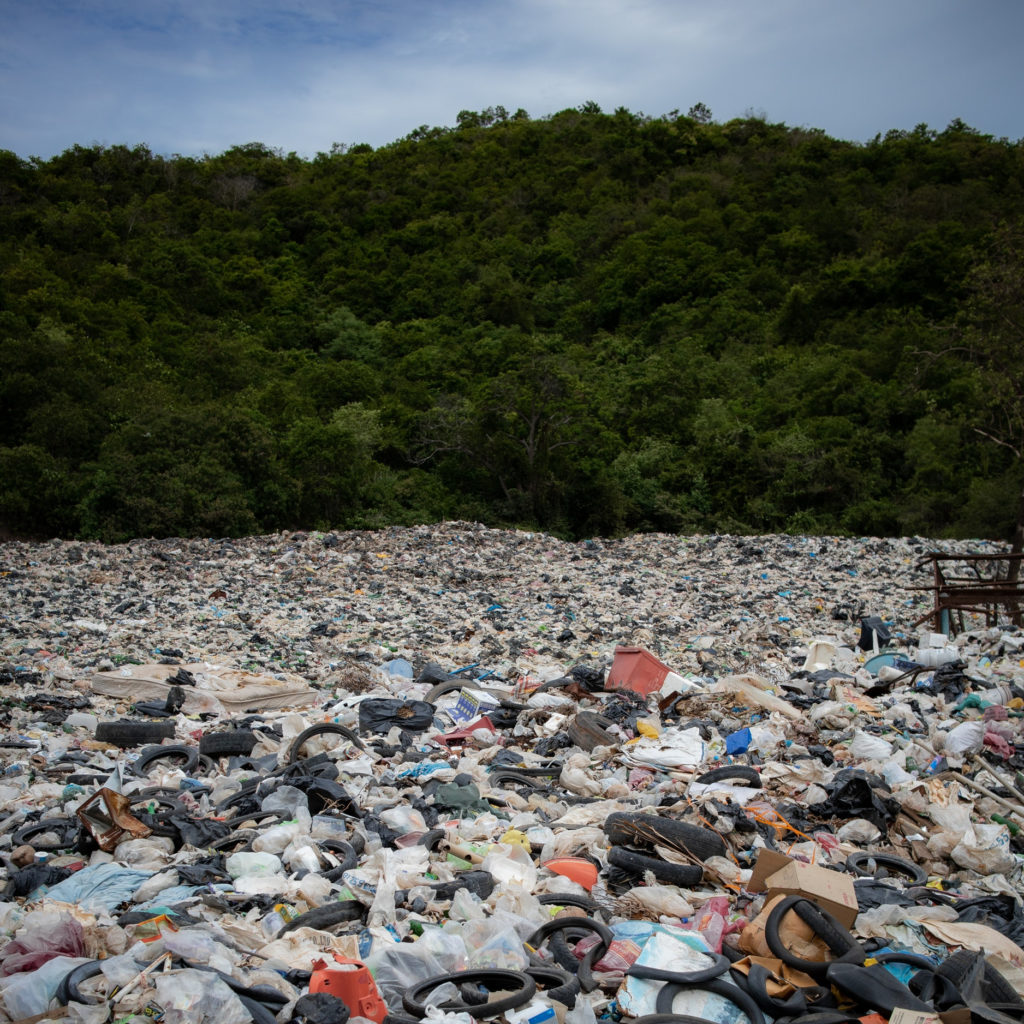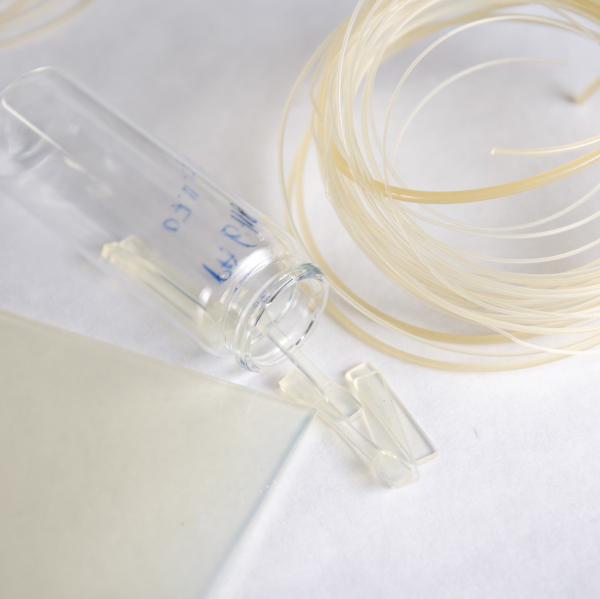Author: Jukka Seppälä / Aalto University

Recently, one of the major Finnish newspapers called me with a reader´ s question:
“Since plastics are such bad waste, why were they invented?”
Together with my colleagues we put together a short answer explaining how plastics are not all that bad, and that part of the problem is the irresponsible consumers. Only later we realized, that the question was raised by a 6 year old girl in the children’s science Q&A section. We are indeed responsible for the coming generations!
Plastics are a hot subject, with frequent news regarding plastic waste in the oceans and microplastics in our food. In some news, plastics are even linked to global warming. This has led to plastic-free campaigns and strong marketing of alternative solutions to plastic packaging. This raised awareness is great! However, consumers are often misled regarding the real environmental impacts of plastics compared to alternative solutions. At the same time, the word “plastic” is associated as negative, and companies market their novel alternative solutions as plastic-free, even though they are still by definition plastics. This is directly misleading the consumers.
Plastics are a superior material when it comes to performance. They are light, durable and cheap to manufacture. Due to their excellent gas and vapor barrier properties, plastics are well suited for storing food and therefore preventing food spoilage. Finally, the production of plastics has a low environmental impact compared to many alternative solutions.
To gain a perspective into the complexity of the plastics problem, let’s have a look at some examples from recent studies. First, by comparing the footprint of food waste versus the food packaging. The production of half a slice of rye bread, or one slice of ham, causes more greenhouse gas emissions than the production chain of the whole plastic packaging (a 9 piece bread package or 300g ham package). Another example is the LCA report from The Danish Environmental Protection Agency regarding the sustainability of grocery bags. According to the study the environmental impact of a paper bag is 40 times the impact of a LDPE plastic bag. Furthermore, a cotton-based bag needs to be reused hundreds or even thousands of times to have an equal environmental impact as a LDPE bag. Finally, a study by Trucost conducted for The American Chemistry Council, compared the environmental costs of plastics with those of alternatives to plastics. Environmental costs places a value on dealing with the pollution generated by a product. The alternatives for plastics such as glass, tin, aluminum and paper were found to increase the environmental costs by nearly 4 times compared to plastics.
Based on these examples we can say, that in a world full of conscientious consumers and with a functioning waste collection and recycling system including mechanical and chemical recycling the plastics we know today could be the optimal solution. However, the world is full of irresponsible consumers that will continue to throw their trash in nature. A report by the Ellen Mac Arthur Foundation estimates that 8 million tons of plastic end up in the ocean annually. To ensure that the mountains of waste do not grow, we need solutions such as sustainable biodegradable polymers for packaging. Biodegradation ensures that plastic products from eg. packaging that for some reason do end up in nature will degrade to biomass over time. In many engineering solutions, however, biodegradation is not an option and there we need novel biobased engineering plastics and sustainable reinforced composites. As long as the recycling of such plastics is planned and regulated the burden on nature should be minimal.

It is not feasible to use fossil fuels to transform carbon that was stored millions of years ago to plastic products that will be used once and then litter the earth for hundreds of years. We need to optimize our biobased industry to further utilize waste and side streams. Through innovative technical solutions we can complement and slowly replace the petrochemical industry. There are some excellent surveys on this topic, like this one prepared by a Finnish national strategic organization SITRA. Further, by utilizing digital manufacturing, decentralized production can be used or spare parts can be manufactured as an alternative to buying new products. Through legislation and regulation we can foster environmental values and sustainable innovations instead of hindering them.
Instead of emotional, sometimes misleading or even fake news of the environmental impact of plastics, we, as scientists, are responsible to present science-based facts and innovative solutions for this important issue! Science and fact based policy-making has a great role in solving problems related to circular economy. A few days ago the European Academies Science Advisory Council (EASAC) released a new report on “Packaging plastics in the circular economy” that I myself have also contributed to. Another, interesting report I am contributing to will be compiled by SAPEA during this year about the degradability of plastics in the nature. The European Plastic Pact on the other hand forms an exciting recently started network aiming to “set ambitious common objectives and to encourage cooperation, innovation and harmonisation at the European level, in order to bring about a truly circular European plastics economy.”
ValueBioMat is a multidisciplinary project aiming to contribute to these problems. The project is funded by the Strategic Research Council (SRC) at the Academy of Finland (2019-2025).
